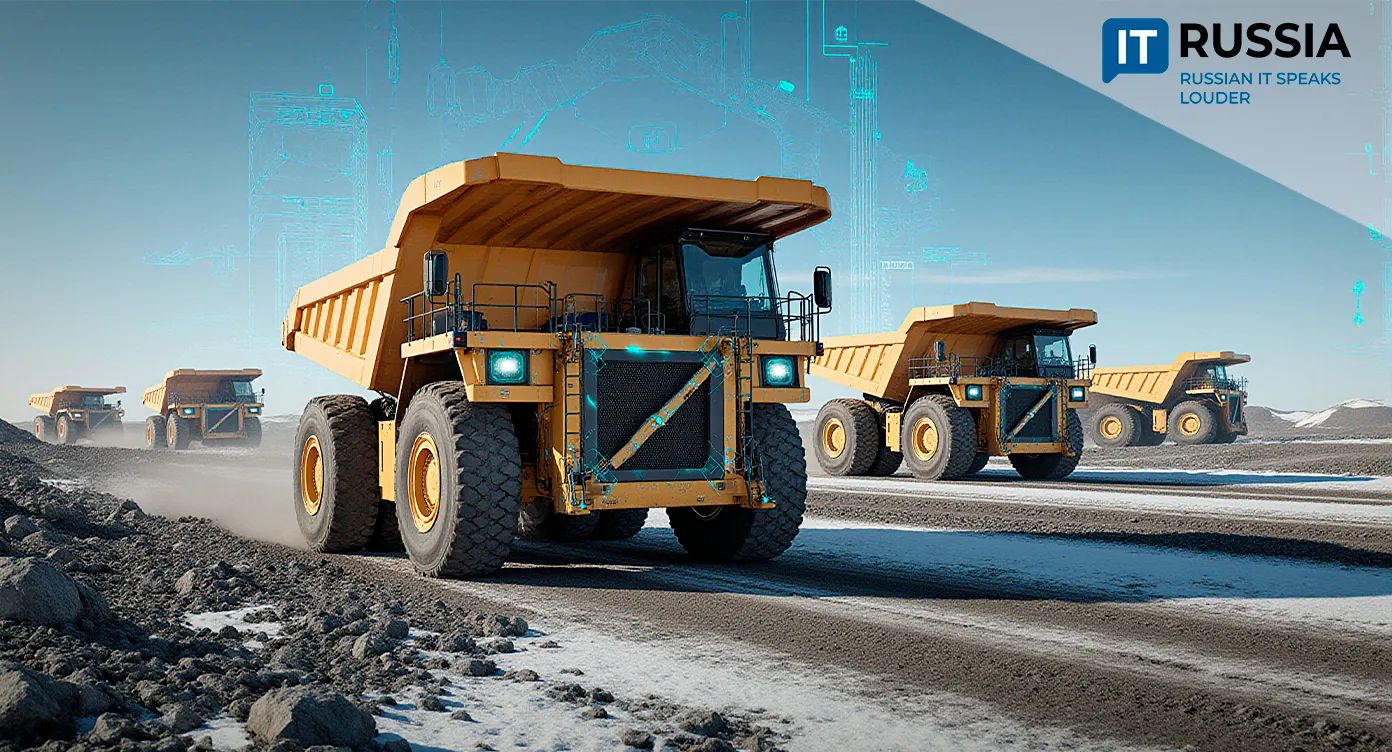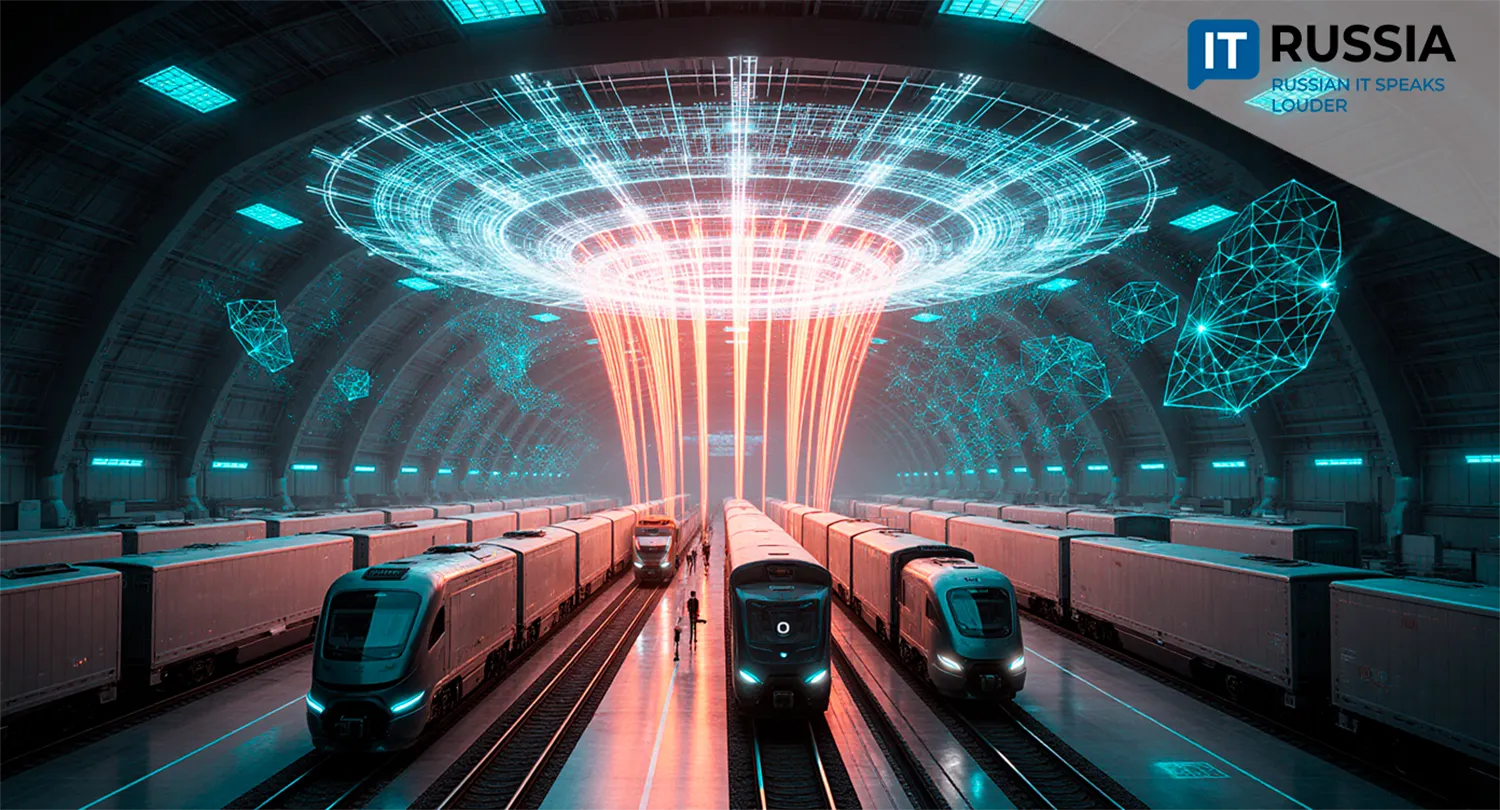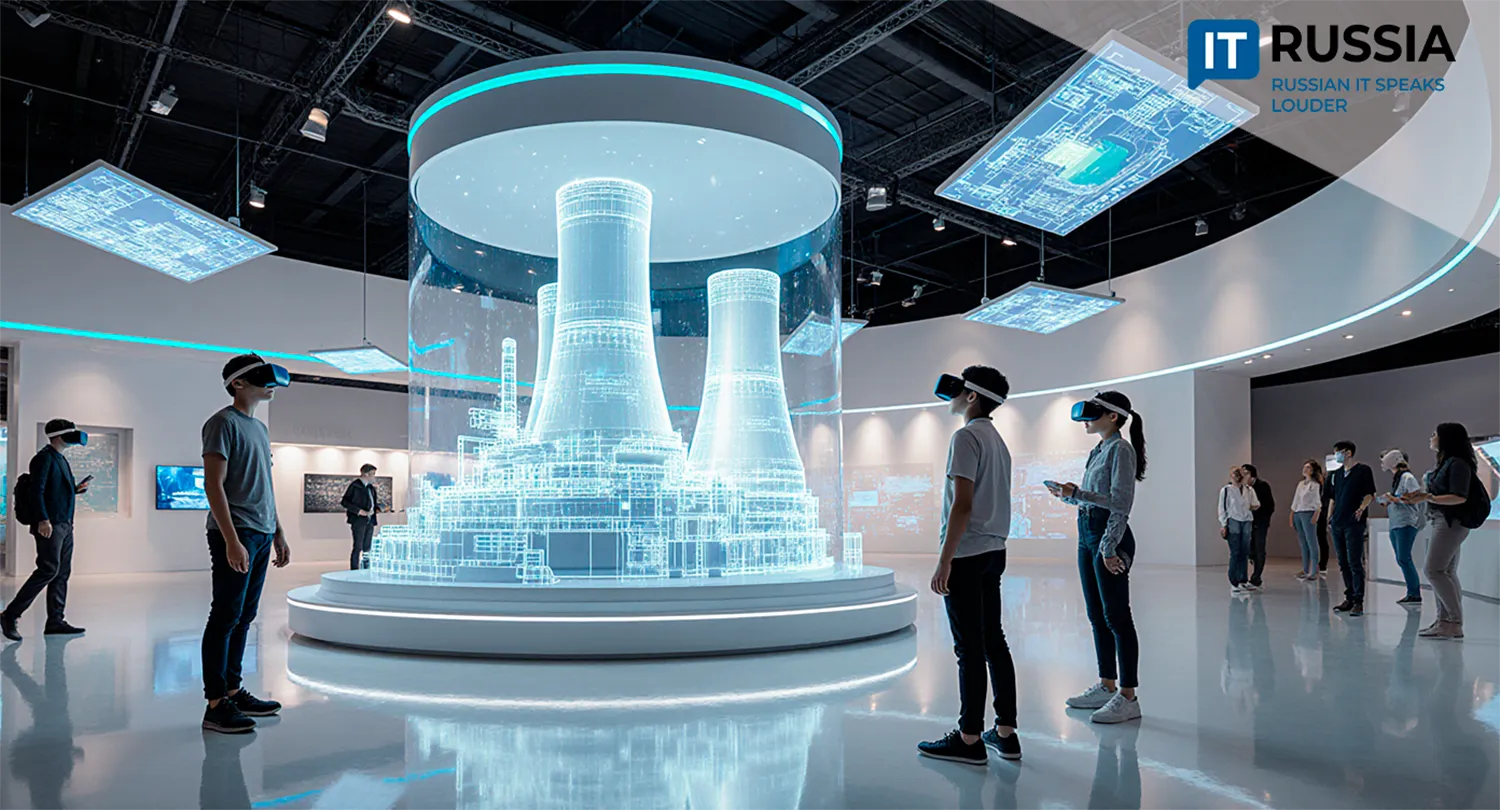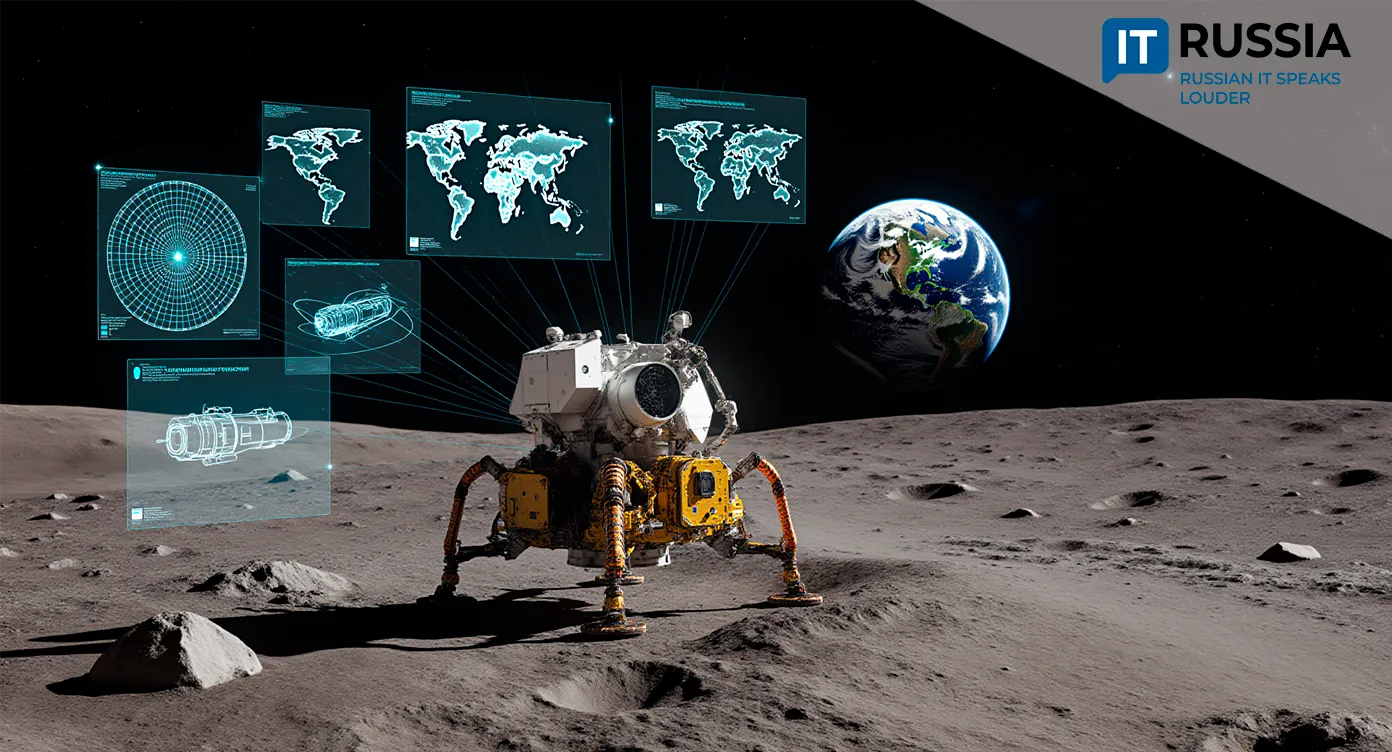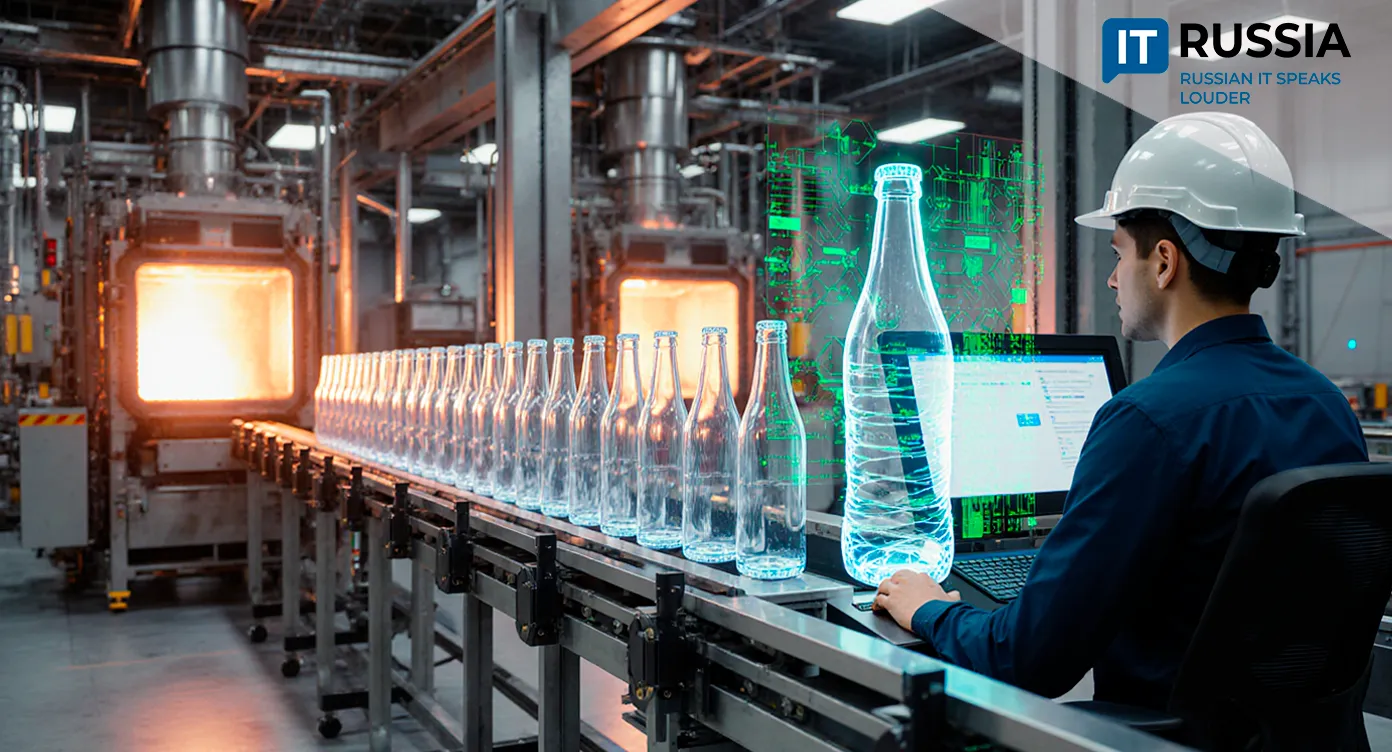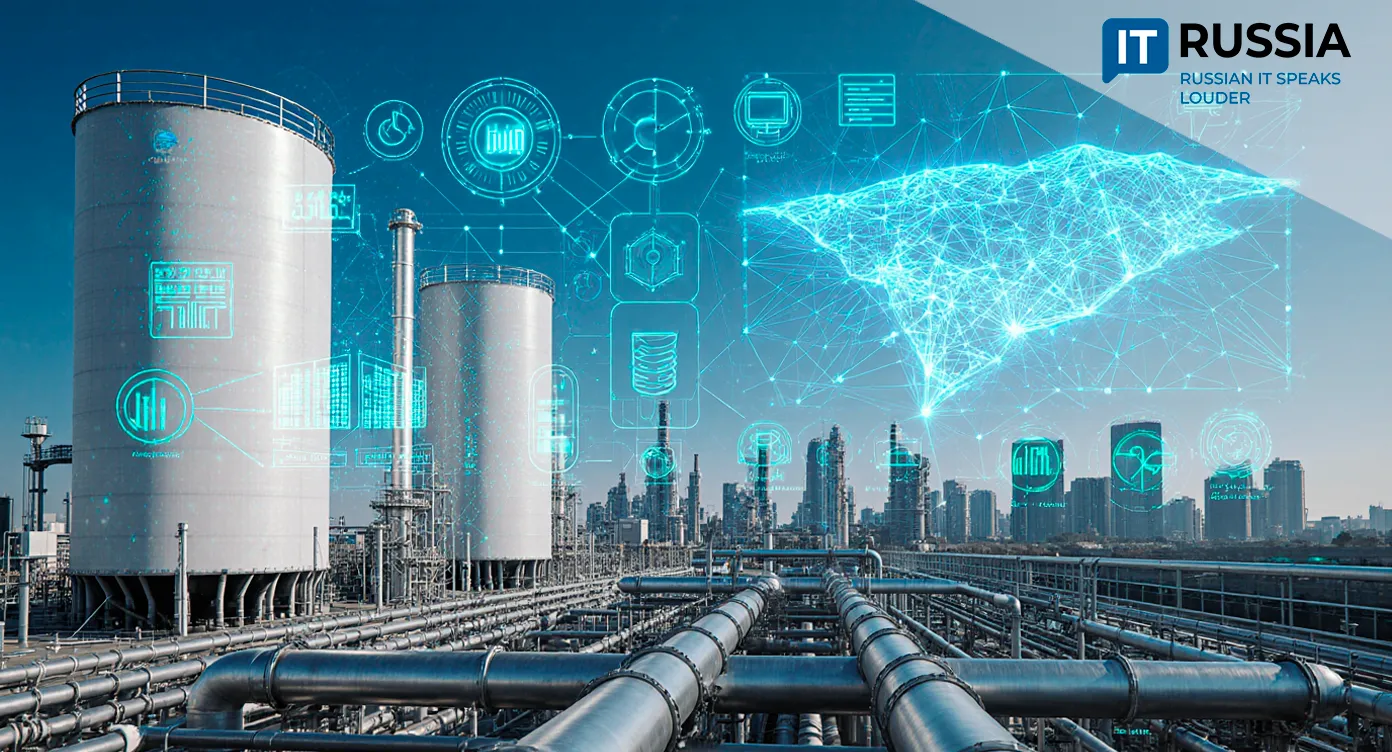“Made in Russia”: Rosatom Scientists Create More Efficient Nuclear Fuel
Rosatom researchers have developed a new type of fuel assembly for next-generation reactors. The key innovation is a thin layer of liquid metal inside the fuel pellet. Calculations show this design reduces heating and lowers mechanical stress on the fuel rod cladding, improving reliability. Advanced digital modeling with machine learning was the main tool for selecting optimal parameters.
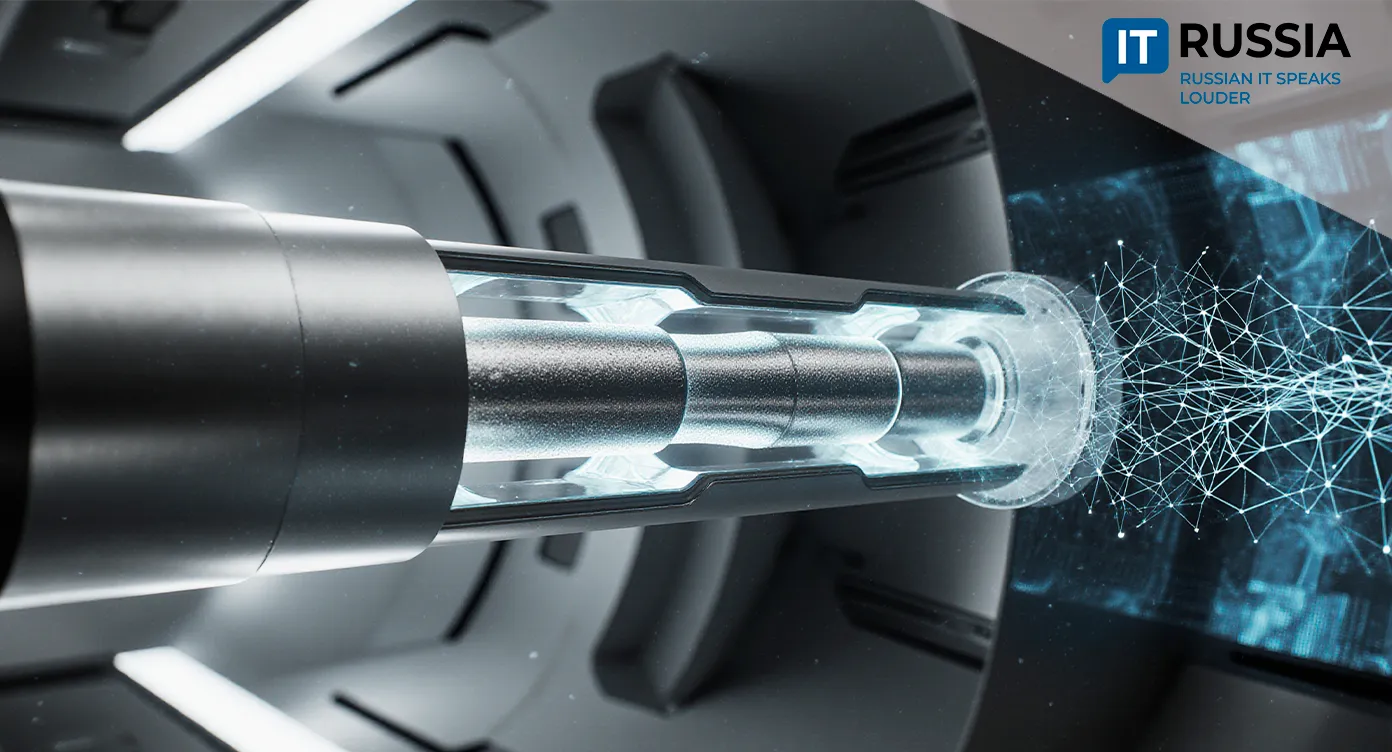
What Exactly Was Developed
The breakthrough concerns fuel rods — the basic components of nuclear reactors that contain the fuel. In the new design, scientists used nitride fuel, which provides high energy density, and inserted an ultra-thin layer of molten sodium between the fuel pellet and the metal cladding. This “liquid-metal interlayer” is the core idea.
When heated, the fuel expands and puts pressure on the steel cladding. Excessive pressure risks damaging its integrity. The liquid metal acts as a buffer and thermal conductor, reducing stress and improving overall reliability. At the same time, producing such materials requires strict manufacturing controls.
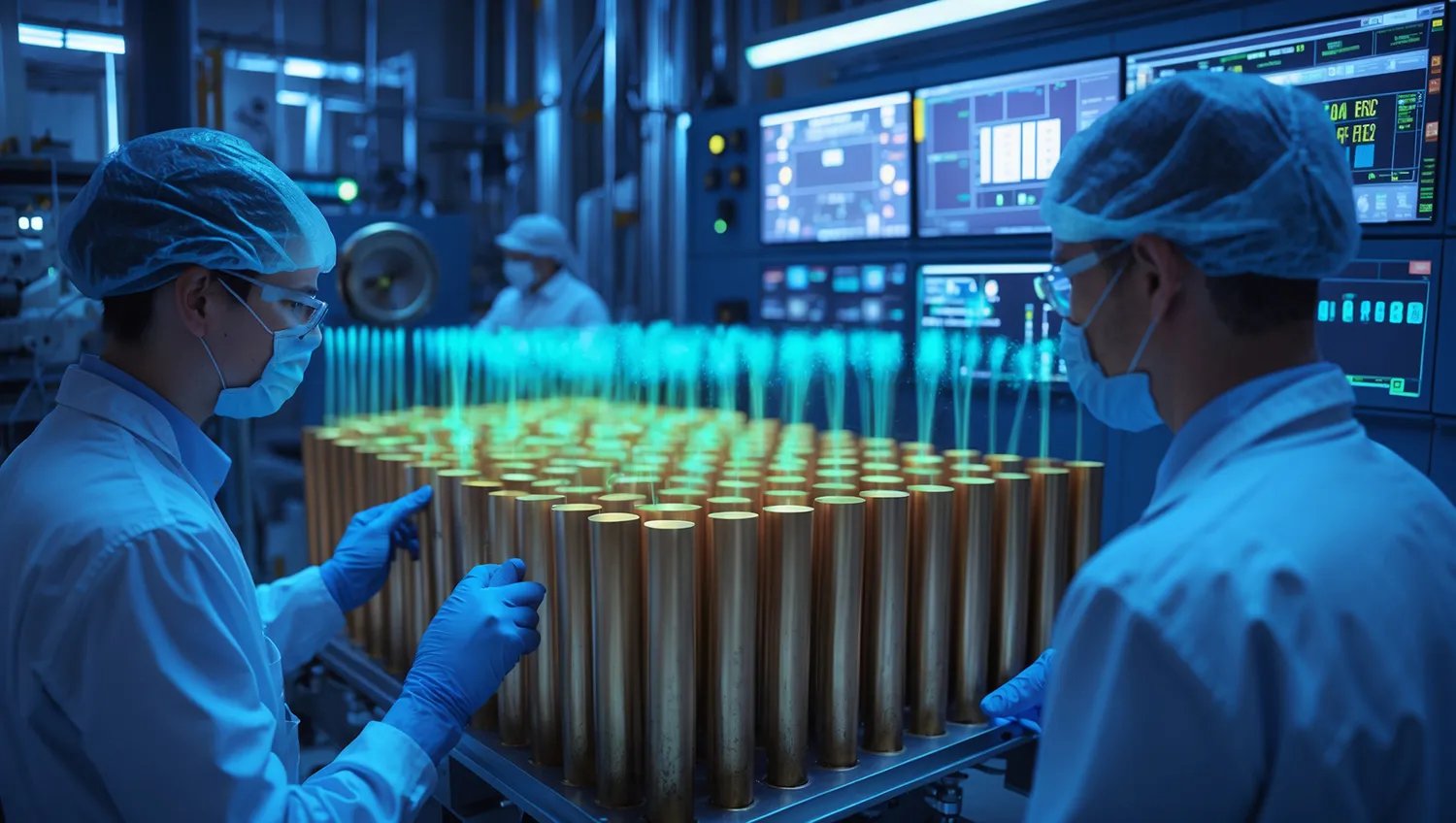
The Role of AI in Fuel Development
Creating this new fuel required an enormous number of calculations, powered by artificial intelligence. Researchers modeled thousands of scenarios with varying fuel compositions, interlayer thicknesses, and reactor operating regimes. Instead of testing options manually over many years, they used digital twins and machine learning to quickly eliminate unpromising variants and identify the combinations most likely to succeed in real-world trials.
Testing and Deployment Plans
The new assembly has already passed laboratory testing and is preparing for reactor trials. First, the fuel will be tested in a research reactor platform to evaluate performance in real conditions, followed by post-reactor analysis. Only then could the technology be scaled up for industrial use, potentially in advanced fast-neutron projects like the BREST-OD-300 reactor.

The design keeps the cladding–fuel interface cooler, reducing wear and risk of failure. This means fewer replacements, shorter downtimes, and more efficient fuel utilization. Over time, this could lower volumes of spent fuel and make nuclear reactors more cost-effective.
Why It Matters
The new fuel, named OS-5, is part of Russia’s broader strategy to build an independent, competitive technology base for Generation IV reactors and to implement a closed nuclear fuel cycle.

Nitride fuel with a liquid-metal buffer promises to lower thermal and mechanical loads on fuel rods. AI-powered simulations accelerated the search for viable solutions. Now, reactor trials will determine how quickly this innovation can be adopted for large-scale deployment.





